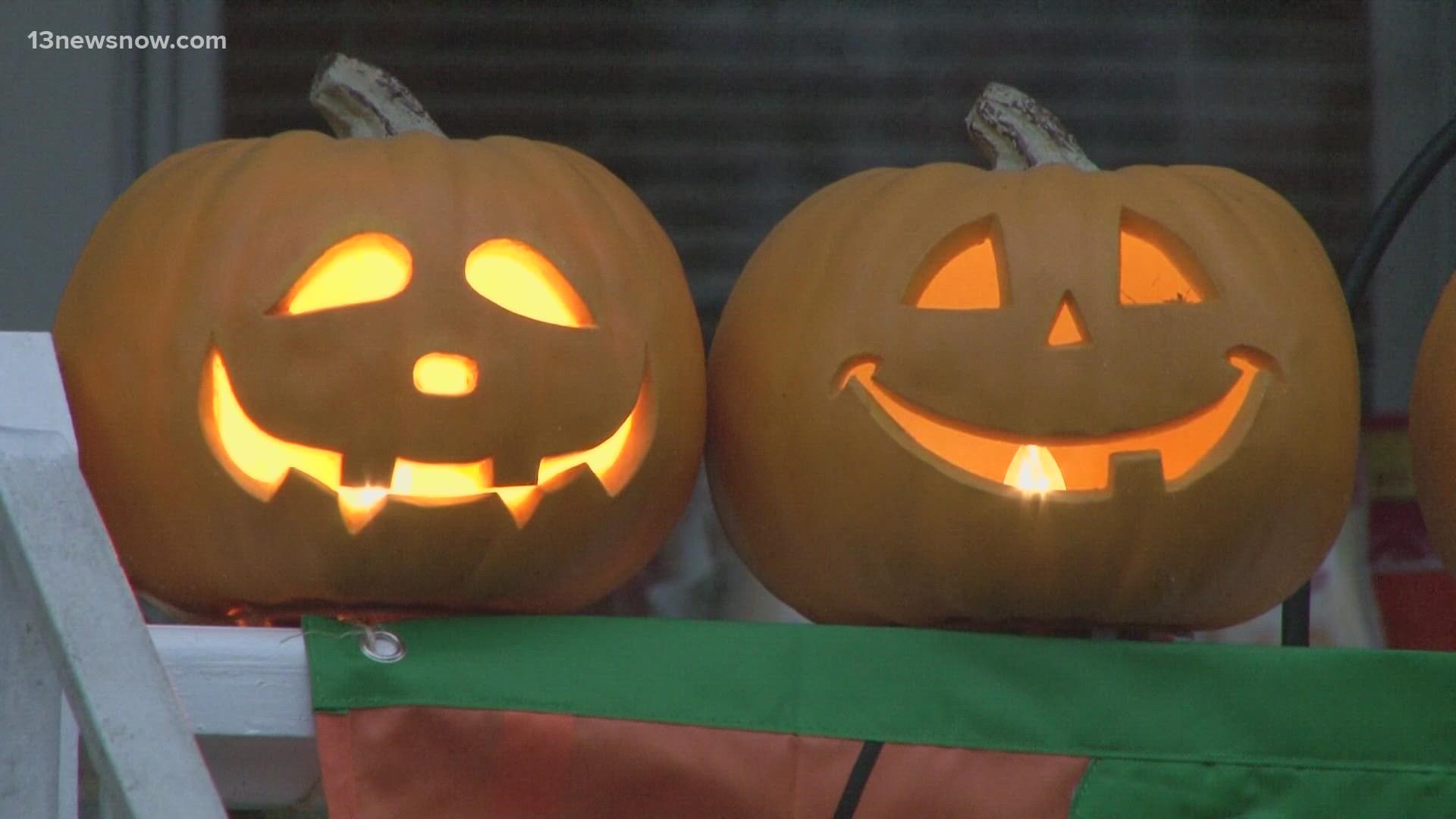NORFOLK, Va. — Just over a week from now, kids will hit the streets for Halloween night.
The trick-or-treating tradition, and the candy binge that follows, are something kids look forward to every year.
But the tradition has changed over the last four decades, and a lot of it has to do with our social skills at home.
According to a recent City Reports survey, people are less likely to know and interact with their neighbors than in previous decades.
It found in the 1970s, nearly 30% of Americans frequently spent time with neighbors, and only 20% had no interactions with them. Today, those proportions have flipped.
We dug up archived stories from the 13News Now Vault that showcased trick-or-treating in the 1980s.
It was a more intimate, neighborly event back then. You’d typically stay and walk the streets where you lived, and there were fewer parents and chaperons tagging along because most people knew one another.
Today, more and more families travel to trick-or-treating hot spots. A neighborhood several miles away, for example, with enthusiastic homeowners who you know are going to be handing out candy.
There are also more options like trick-or-treating at stores, schools, and the popular trunk-or-treat that’s become a convenient, one-stop-shop for parents.
Trick-or-treating isn’t dying, just evolving, but one thing that hasn’t changed much over the years is concern over contaminated candy.
We’ve heard about recent worries surrounding fentanyl-laced Halloween candy. Similarly, in the 1970s and 1980s, there were scares involving poisoned candy and apples with razor blades hidden inside.
The good news is, no real events back any of these claims up, and they’re best left as urban legends.

